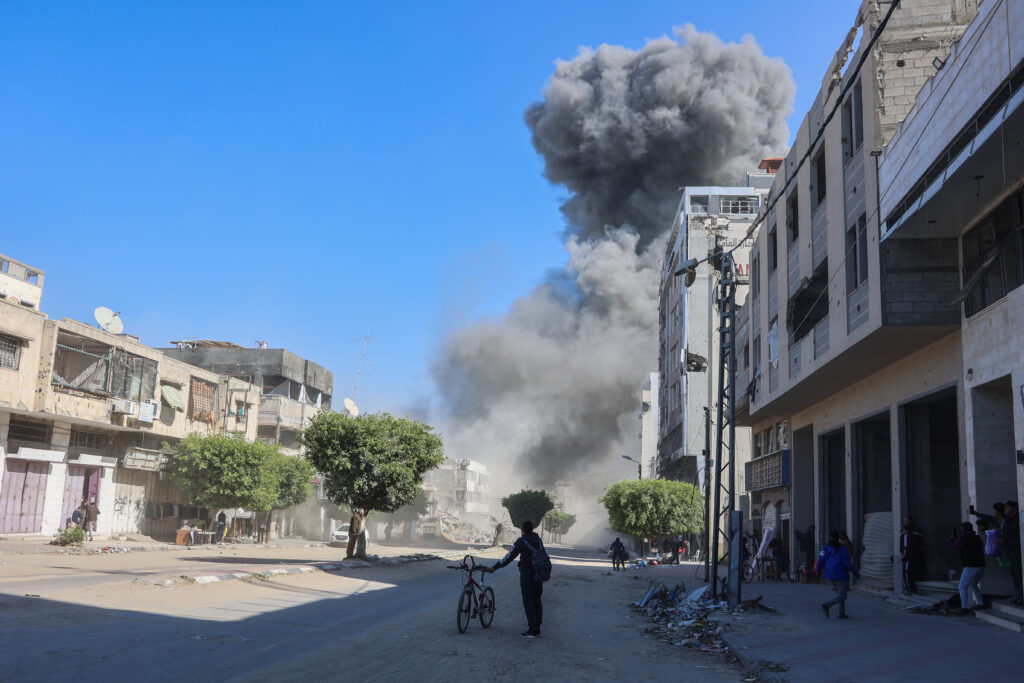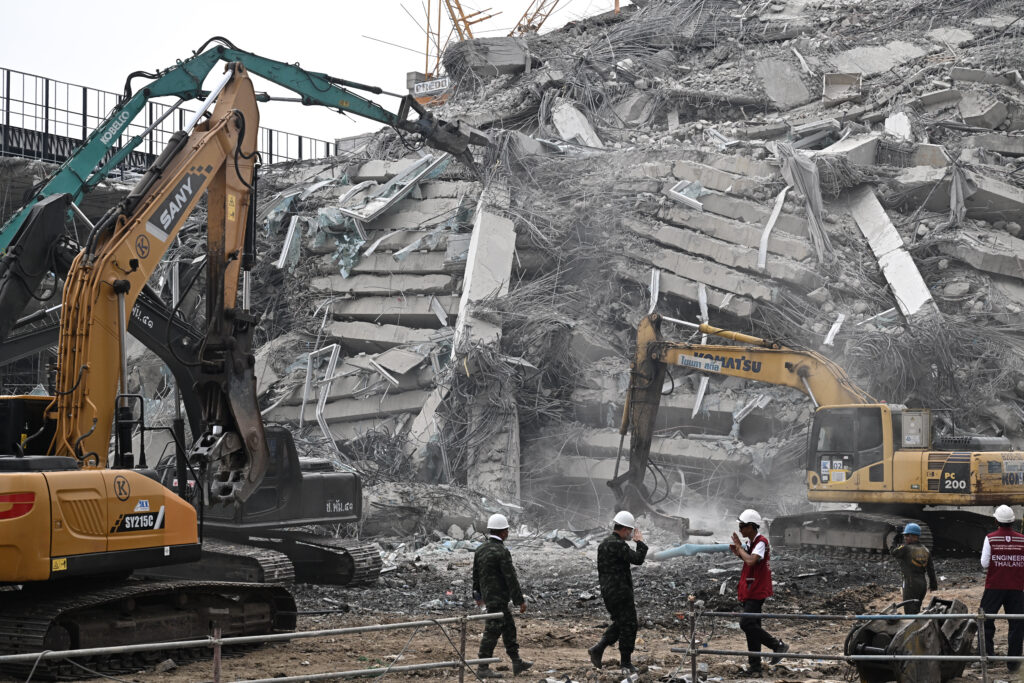AFP Asia Business
Israel says expands Gaza offensive to seize ‘large areas’
Israeli Defence Minister Israel Katz announced Wednesday a major expansion of military operations in Hamas-run Gaza, saying the army would seize “large areas” of the Palestinian territory.Katz said Israel would bolster its presence in the Gaza Strip to “destroy and clear the area of terrorists and terrorist infrastructure”.The operation would “seize large areas that will be incorporated into Israeli security zones”, he said in a statement, without specifying how much territory.A group representing families of hostages held in Gaza said they were “horrified” by Katz’s announcement, fearing the goal of freeing the captives had been “pushed to the bottom of the priority list”.”Has it been decided to sacrifice the hostages for the sake of ‘territorial gains?'” the Hostages and Missing Families Forum said in a statement.”Instead of freeing the hostages through a deal and putting an end to the war, the Israeli government is sending more soldiers to Gaza, to fight in the same areas where they have fought again and again.”Katz last week warned the military would soon “operate with full force” in more parts of Gaza.In February, he announced plans for an agency to oversee the “voluntary departure” of Palestinians from Gaza.That followed Israel’s backing of a proposal from US President Donald Trump for the United States to take over the territory after relocating its 2.4 million Palestinian inhabitants.Israel resumed intense bombing of Gaza on March 18 before launching a new ground offensive, ending a nearly two-month ceasefire.- 15 killed in newly reported strikes -Gaza’s civil defence agency said Israeli air strikes killed at least 15 people, including children, in Khan Yunis and the Nuseirat refugee camp at dawn Wednesday.The health ministry in Hamas-run Gaza said on Tuesday that 1,042 people had been killed in the territory since Israel resumed military operations, bringing the overall toll since the war began on October 7, 2023 to at least 50,399 people, the majority of them civilians.Hunger loomed in Gaza City as bakeries were shut due to severe shortages of flour and sugar.”I’ve been going from bakery to bakery all morning, but none of them are operating, they’re all closed,” Amina al-Sayed told AFP. Mahmud Sheikh Khalil said he couldn’t find bread for his children. “The situation is very difficult in Gaza, there is no flour, no bread, no food or water,” he said.On March 2, Israel blocked all aid from entering Gaza and later cut power to one of its main desalination plants.The idea of forcing Gazans to leave for neighbouring countries including Egypt and Jordan, first floated by Trump, has been backed by right-wing Israeli politicians, including Prime Minister Benjamin Netanyahu.- UN condemns Israeli attack -On Sunday, Netanyahu offered to let Hamas leaders leave Gaza but demanded the group abandon its arms.The Israeli leader has rejected domestic criticism that his government — one of the most right-wing in Israel’s history — was not doing enough to secure the hostages’ release.”We are negotiating under fire… We can see cracks beginning to appear” in Hamas’s positions during ceasefire talks, he told his cabinet.In the “final stage”, Netanyahu said “Hamas will lay down its weapons. Its leaders will be allowed to leave”.Hamas has signalled willingness to step down from ruling Gaza but calls disarmament a “red line”.Egypt, Qatar and the United States are attempting to again broker a ceasefire and secure the release of Israeli hostages still held in Gaza.A senior Hamas official said Saturday the group had approved a new ceasefire proposal and urged Israel to back it.Netanyahu’s office confirmed receiving the proposal and said Israel had submitted a counteroffer. The details remain undisclosed.The United Nations on Tuesday condemned an Israeli army attack on an emergency convoy that killed 15 aid workers and medical personnel and demanded an investigation.”I condemn the attack by the Israeli army on a medical and emergency convoy on 23 March resulting in the killing of 15 medical personnel and humanitarian workers in Gaza,” UN High Commissioner for Human Rights Volker Turk said.The war was sparked by Hamas’s October 7, 2023, attack on Israel, which resulted in the deaths of 1,218 people, according to an AFP tally based on Israeli official figures.
China urges firms to follow laws after Bangkok building collapse
China’s embassy in Bangkok called on Chinese companies operating abroad to comply with local laws after a Chinese construction firm came under scrutiny for a deadly building collapse in last week’s earthquake.The 30-storey skyscraper, set to house government offices, was the only major building to collapse in Bangkok when a 7.7 magnitude earthquake struck neighbouring …
China urges firms to follow laws after Bangkok building collapse Read More »
Fatal Xiaomi crash raises questions about assisted driving tech in China
Chinese EV maker Xiaomi said it would cooperate with a police investigation into a fatal crash involving one of its cars which had been in autonomous mode just before the accident.Three college students died on Saturday night after their Xiaomi SU7 hit a concrete barrier on a section of the Dezhou-Shangrao Expressway in eastern Anhui …
Fatal Xiaomi crash raises questions about assisted driving tech in China Read More »



